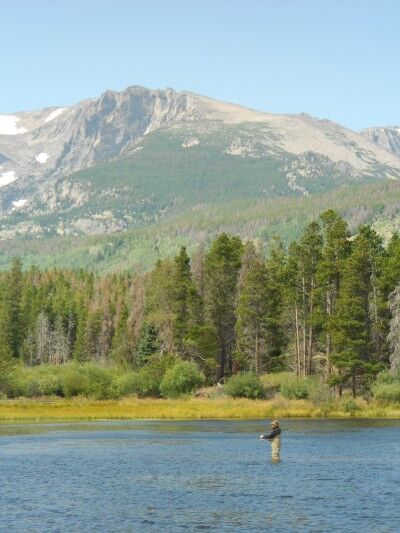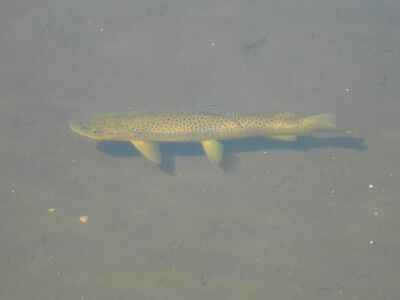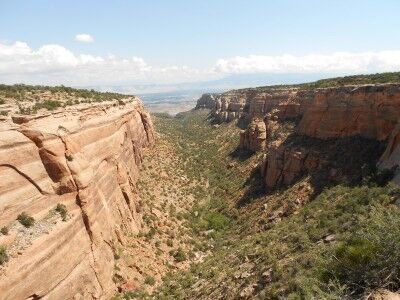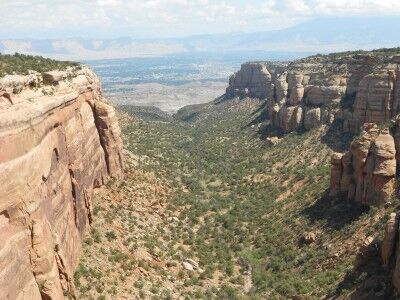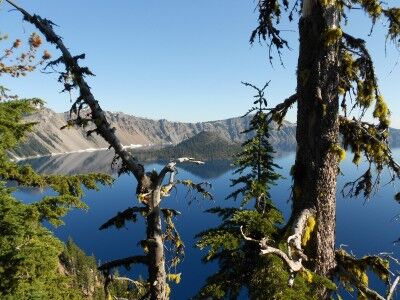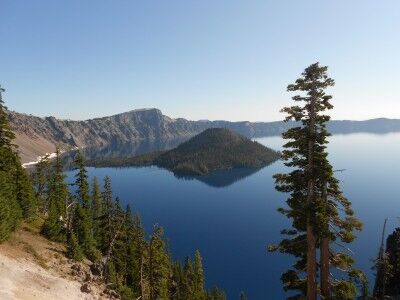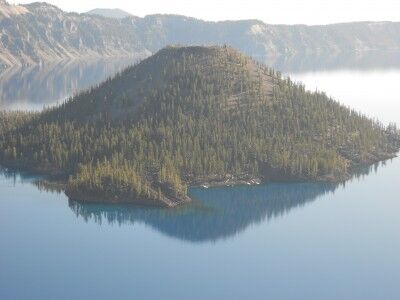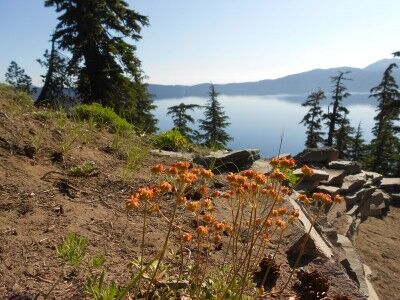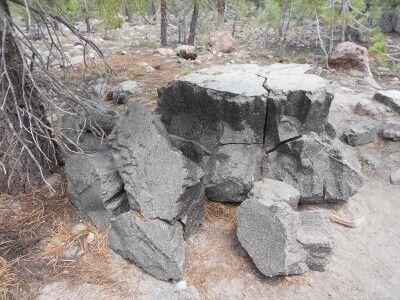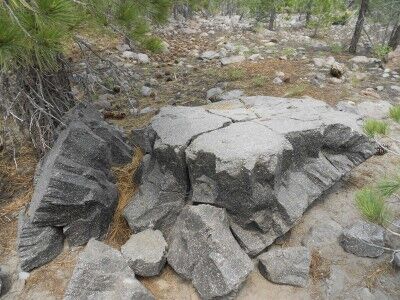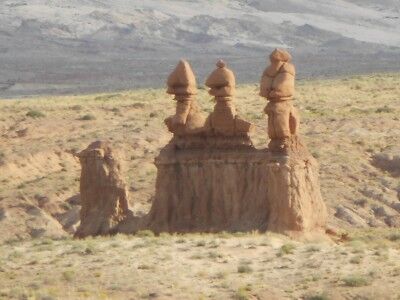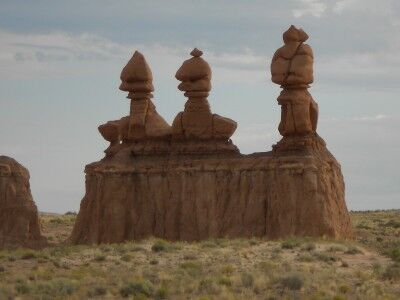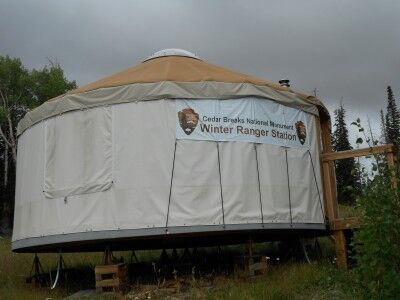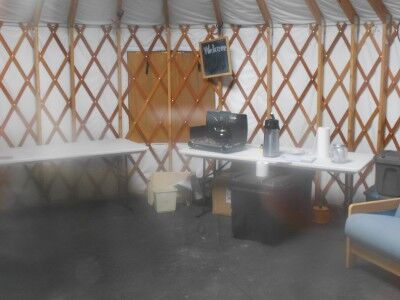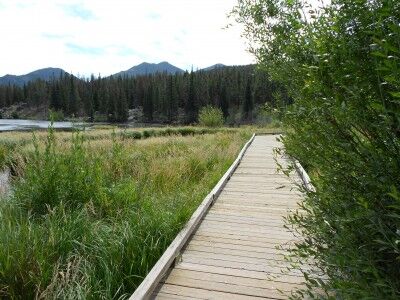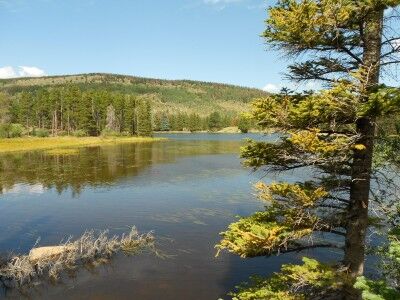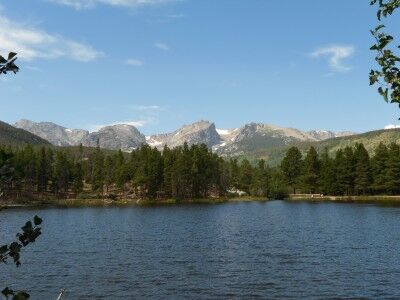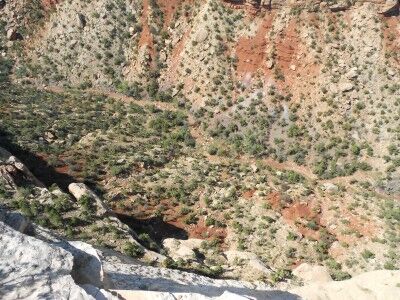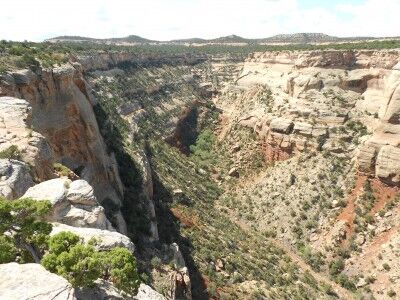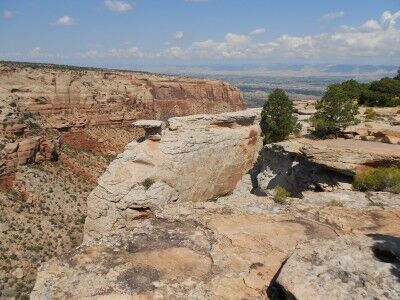Submitted by: Terry Tyson, A Hiking Fool and his Photo Log
Impressions: Joshua Tree National Park is weird. And wonderful. And just a little mind-blowing. Imagine giants carefully (but playfully) stacking boulders as big as buses to create secrete canyons, petroglyph-filled grottoes and massive rock walls. Add to this scene evidence of hard-scrabble miners who lived and died seemingly at the whim of this almost alien landscape. That’s what it’s like there.
Well, it’s like that and so much more. Like any desert environment, its true nature is only fully revealed when you spend some time absorbing all that the park presents.
The park can certainly be viewed and awed over by merely driving from one gate to another. The stacked boulders are impressive beyond words, but the visitor who ventures just beyond the paved road is treated to beauty that’s hidden from the highway. Even the most casual of hikers will be able to enjoy the mysterious landscape more fully.
It’s best to find a place to park near a boulder stack, get out and just sit there and slowly and quietly take it all in.
Tips
1. It’s the desert so it’s hot during the summer. Sometimes because of it’s elevation it can turn surprisingly cold to the point of snowing, so be sure to check the weather before arriving.
2. It’s the desert, so bring lots of water. Camping is primitive (no electricity or running water) and day use areas are equipped with tables and chemical toilets. Any water you do find is for the locals only, i.e. Big Horn Sheep, coyotes and the like.
3. The town of Joshua Tree is a funky village with colorful locals. A few good places to eat can be found there, but only a few. Twentynine Palms is much larger and more ordinary, but offers traditional lodging, markets and eateries.
3. Don’t forget a hat and other considerations (sunglasses, sunscreen, etc.) for being in the sun all day.
4. The visitor center in Joshua Tree is worth a stop. There are knowledgeable rangers, a deli and a few shops nearby. Pay your entry fee there to make getting into the park faster.
5. The park is a world renown rock climbing destination. A casual scan of the many rock faces will no doubt reveal more than a few clinging climbers.
Must-sees: Two short nature trails are worth the price of admission alone: Barker Dam and Hidden Valley. Easy and spectacular. There’s a cave bearing petroglyphs near Barker Dam worth looking for.
Lost Palms Oasis and the “Maze – Window Rock Loop” provide two very different and exciting experiences for hikers.

Joshua Tree NP; Stacks, cracks and branches

Barker Dam; After a wet winter, water for wildlife

The Locals
Terry Tyson also had this to say: If you can stay until after the sun sets, you’ll be treated to a night sky that you might not have seen for many years. On moonless nights, the Milky Way is bright enough to read by.
This is my suggestion for the Best Day Hike in Joshua Tree. For those interested in more photos, you can view a photo set of the Joshua Tree National Park.
